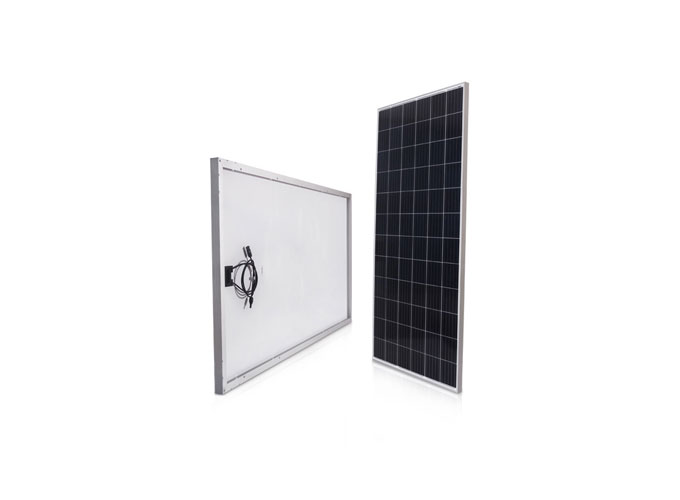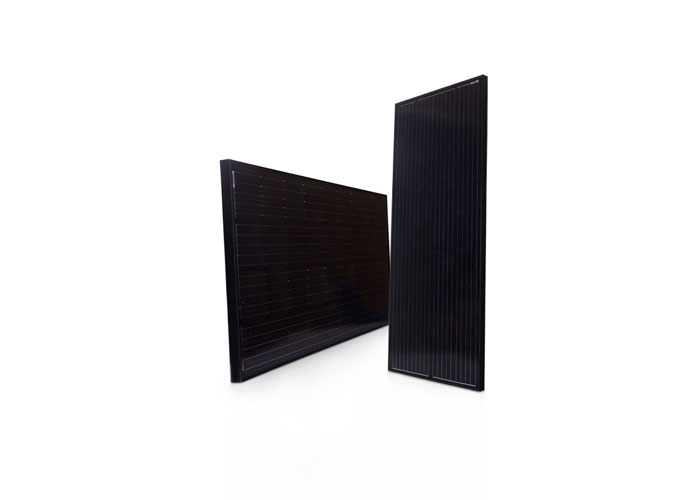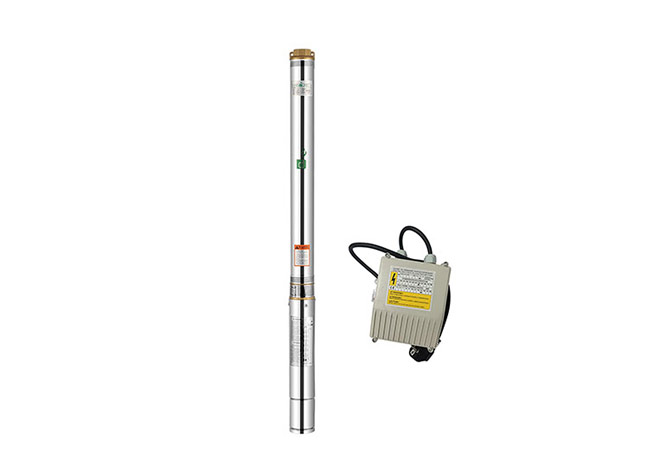Different installation environments have different requirements for LED solar street lights, so the configuration of solar street lights is naturally different, such as outdoor lightings and road lightings, such as main roads and secondary roads, which are different. Then when installing outdoor solar street lights, what parameters are often involved? Let's take a look at it in detail below.
1. Rated voltage of LED solar street light
That is the rated voltage of the battery. The voltage of a single solar cell is generally 0.4~0.7V. The common solar cell module is 36/54/60/72/96 in series, and the voltage is about 18/27/30/36/48 volts.
2. Local solar radiation of LED solar street lights
This can be inquired directly online, select the best angle of the monthly average radiation, and the minimum three-month average value is required. When installing, you must also pay attention to the angle and direction of the installation to ensure that the automatic solar street light can accept sufficient sunshine to guarantee to charge efficiency.
3. Outdoor solar street light compensation for rainy and cloudy days
This is determined according to the local climatic conditions. The charging efficiency of the solar battery cover plate is naturally not as good as that of the sunny day on cloudy and rainy days, so it is necessary to ensure that the battery can store enough power to allow outdoor solar street lights to be used normally on cloudy and rainy days, which will also involve the work efficiency of the battery panel.
4. Outdoor solar street light interval between continuous rainy and cloudy days
That is the number of sunny days between two consecutive cloudy and rainy days. It should be noted here that when calculating the relevant parameters, the average sunshine is generally used as the basis for the supplementary charging on a sunny day. The actual radiation amount in a sunny day is greater than the average sunshine.
And it's not that there is no battery charge into the battery during rainy days, so when calculating this parameter, you don't need to choose the interval between consecutive rainy days, you can enlarge the value appropriately, the value of the interval between rainy days and rainy days. A ratio of 1:3 or 1:4 is more appropriate.
5. Output power of LED solar street light battery panel
A solar panel is generally composed of multiple solar cells connected in series, and its capacity depends on the total power consumed by the lighting source, line transmission components, and local solar radiation energy.
Under normal circumstances, the output power of solar panels should be more than 3 to 5 times the power of the light source, 3 to 4 times or more in areas with abundant sunlight and short light-on time. The area where the lights are on for a long time due to poor light conditions needs to be 4 to 5 times or more.




